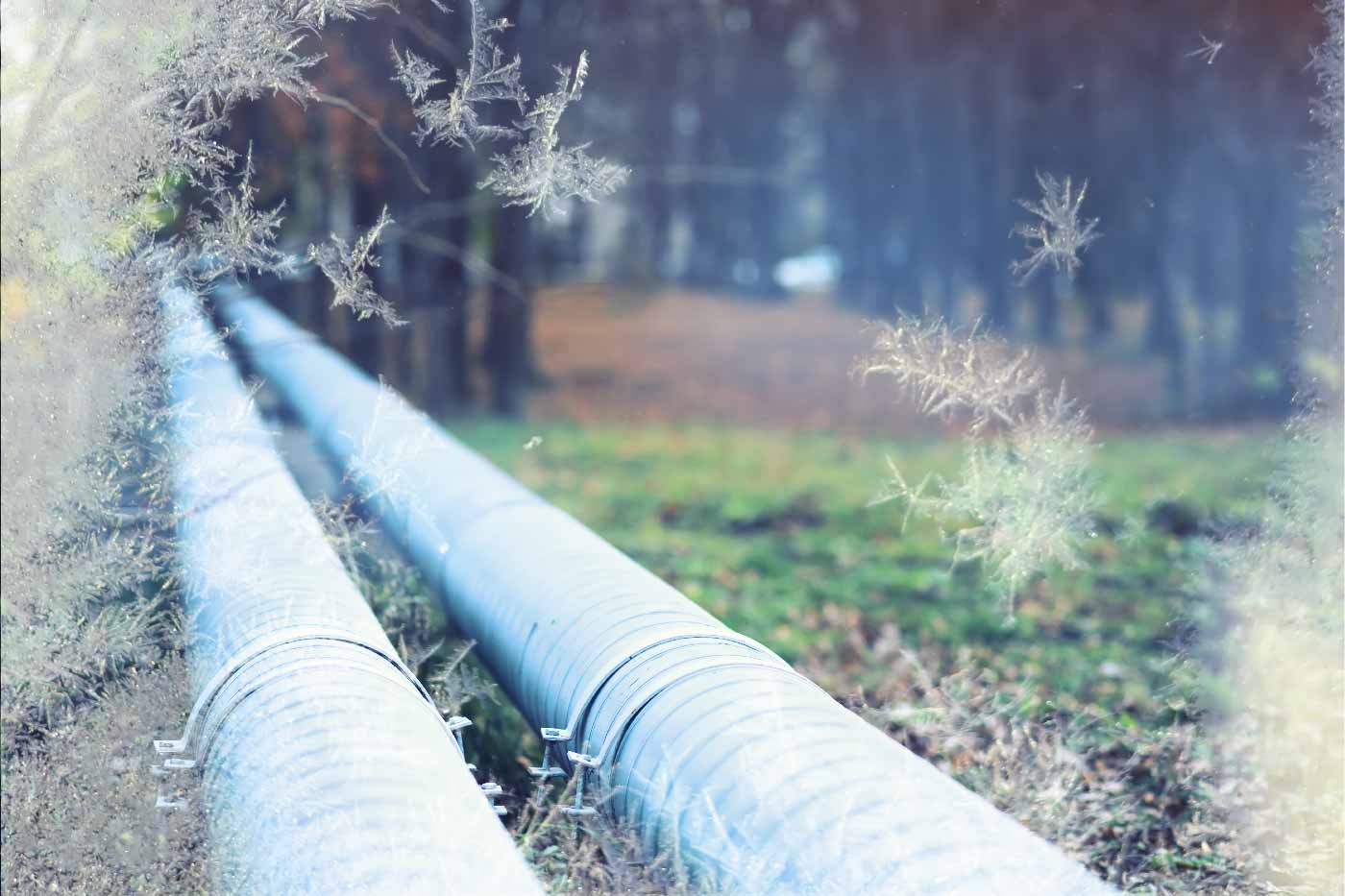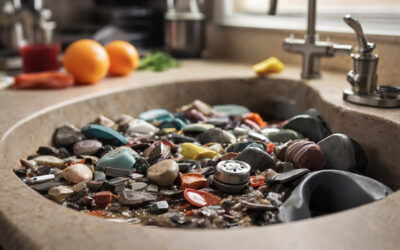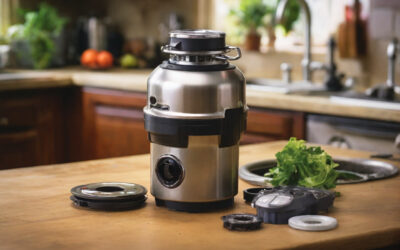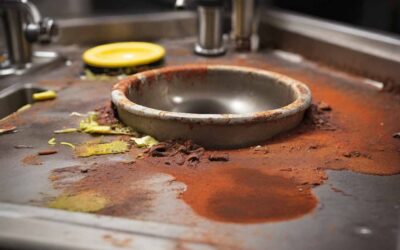Pipes can freeze at 28 degrees within around 5 hours. Freezing time can vary based on various factors. When temperatures drop to 28 degrees, the risk of pipes freezing becomes a concern for homeowners. Frozen pipes can lead to costly damage and inconvenience. Making it crucial to know how long it takes for pipes to freeze at this temperature.
Different factors can all impact when pipes might freeze. Now we will explore in detail how long does it take pipes to freeze at 28 degrees. The signs of frozen pipes, and essential tips to prevent freezing. Learning about these factors can help homeowners protect their plumbing systems during cold weather.
What Is A Freezing Process
Pipes are at risk of freezing when the temperature drops to 32 degrees Fahrenheit (0 degrees Celsius) or lower. However, the actual freezing point for pipes, particularly those at risk, is often around 28 degrees Fahrenheit (-2 degrees Celsius). At this temperature, unprotected pipes exposed to the cold can start to freeze within 6 to 8 hours of exposure.
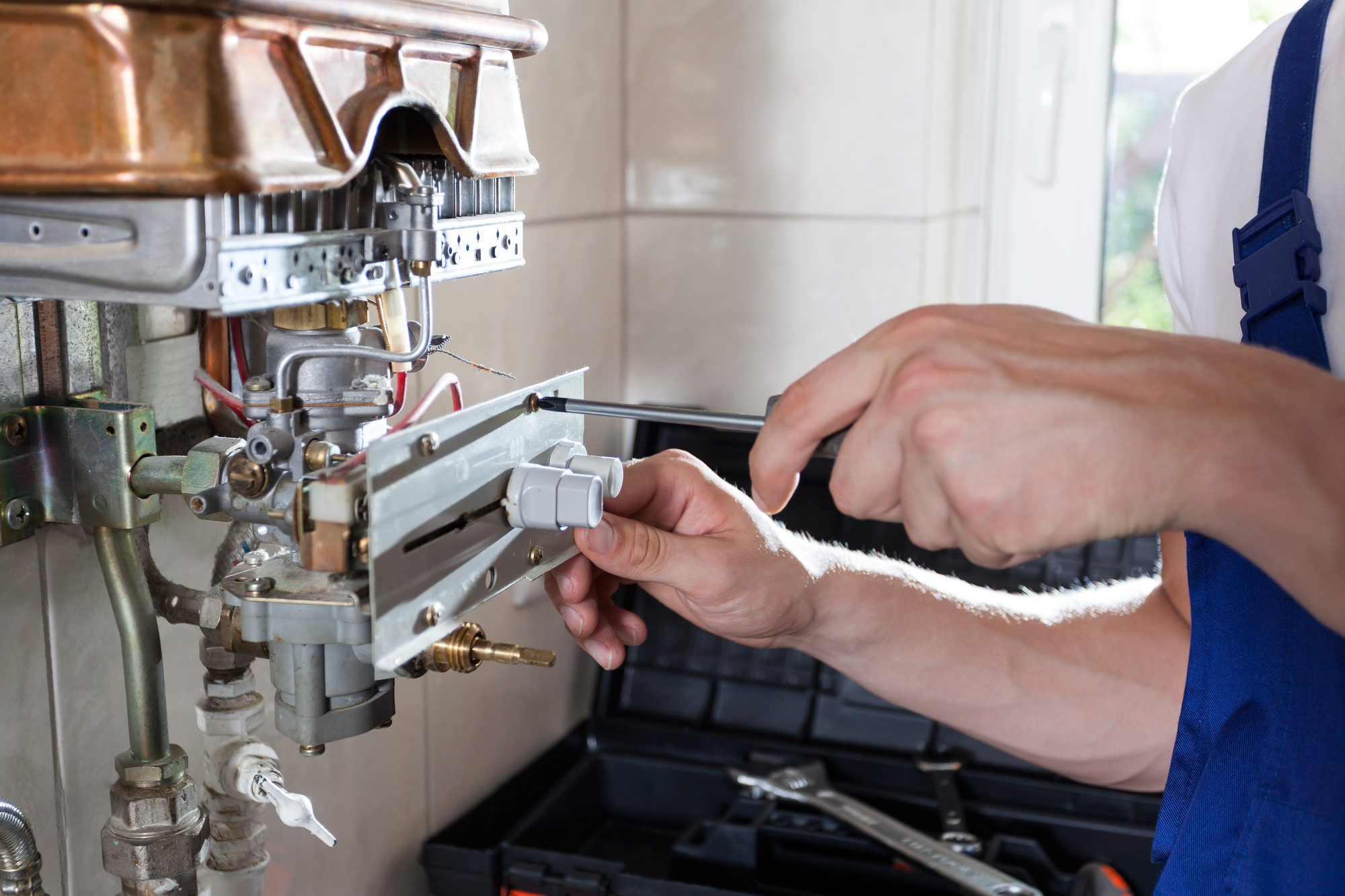
Factors Affecting Freezing Time
Knowing about these factors influencing freezing time is crucial. When it comes to protecting your pipes from potential damage. Factors such as insulation and exposure to cold play a significant role. It determines how long does It take pipes to freeze at 28 degrees. Let’s take a closer look at each of these factors:
Insulation
The level of insulation surrounding your pipes can significantly impact freezing time. Insulation acts as a protective layer, preventing the transfer of cold air to the pipes. Proper insulation effectively slows down the cooling process and can extend the time it takes for the pipes to freeze.
Insulating pipes can be done using various methods and materials:
- Apply foam insulation: Foam insulation sleeves can be easily wrapped around exposed pipes, providing an effective barrier against the cold.
- Add Pipe Insulation Tape: This tape can be wrapped around the pipes to provide a layer of insulation.
By properly insulating your pipes, you can reduce the risk of freezing and protect your plumbing system.
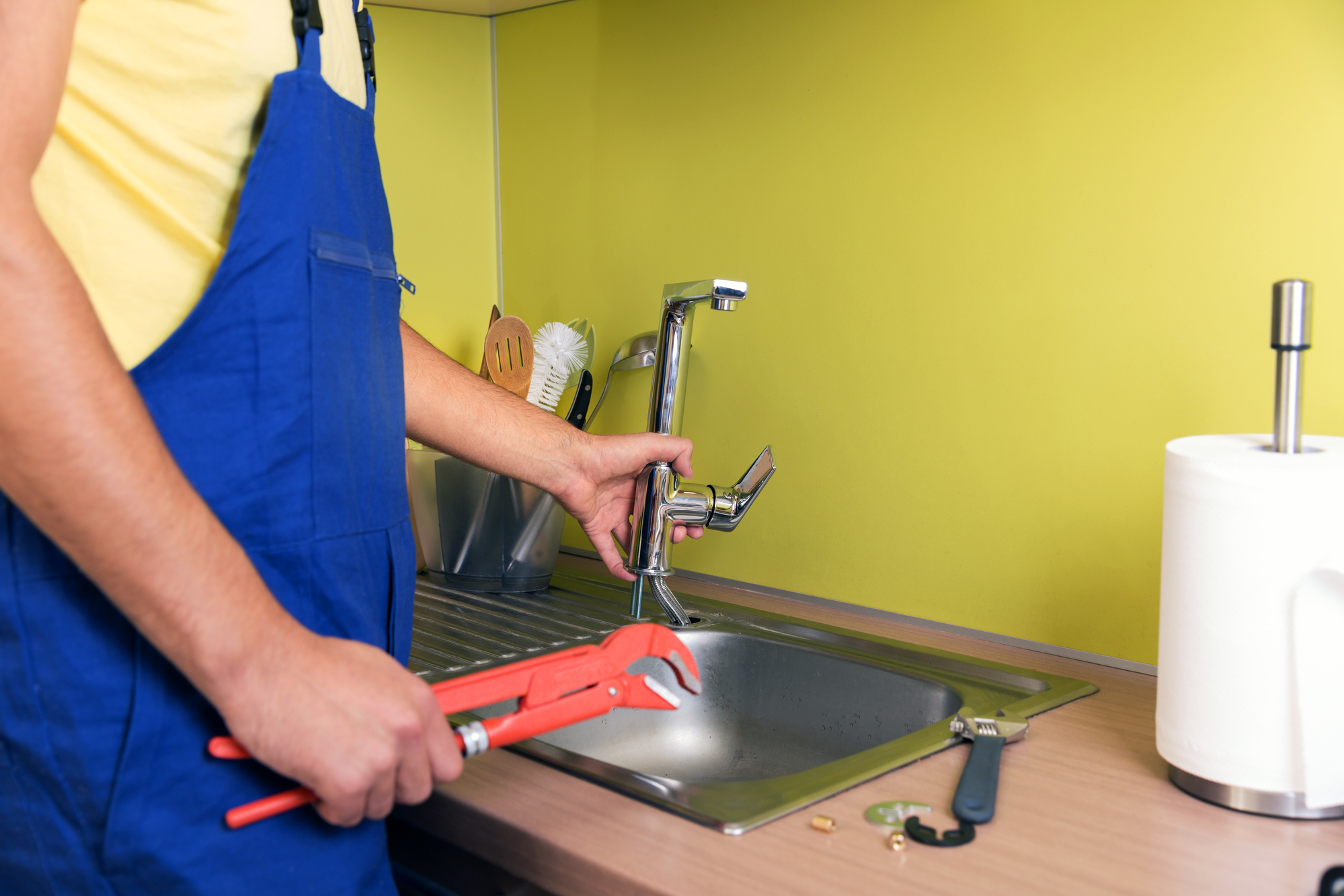
Exposure To Cold
Exposure of the pipe to cold temperatures is another critical factor in determining freezing time. Pipes in unheated rooms or exposed to drafts are more prone to freezing. Compared to isolated regions.
If you have pipes in unheated spaces such as attics, crawl spaces or garages, consider the following steps to reduce the risk of freezing:
- Install heating cables: Heating cables provide a constant source of heat to the pipes and prevent them from freezing.
- Seal Air Leaks: Seal any cracks, crevices or openings where pipes come into contact with cold air. This helps minimize the risk of frostbite.
Reducing the exposure of pipes to cold air. You can significantly delay the freezing process and protect the pipeline from possible damage.
Type Of Pipe
The type of pipe you have in your home plays a crucial role. It helps to determine how long does It Take Pipes to Freeze at 28 Degrees. Each pipe has different properties that affect its freezing time.
Metal Vs. Plastic
Metal pipes, such as copper or galvanized steel, conduct heat more efficiently than plastic pipes. This means that they can transfer heat from the water flowing inside them to the surrounding cold air more quickly. As a result, metal pipes tend to freeze faster than plastic pipes when exposed to temperatures as low as 28 degrees.
Plastic pipes, on the other hand, have a lower thermal conductivity, meaning they are less effective at transferring heat. This makes plastic pipes more resistant to freezing compared to metal pipes. However, it’s important to note that plastic pipes can still freeze if the temperature drops significantly and they are exposed to prolonged cold conditions.
Thickness
Protecting your pipes from freezing is crucial, especially in areas with harsh winter conditions. The thickness of pipe walls plays a significant role in their ability to resist freezing. With thicker walls providing better insulation and heat retention. To further prevent freezing, ensure your home is well-insulated and consider the water flow rate through your pipes. Higher rates can reduce freezing risks by generating heat.
If you find your pipes frozen, act quickly and safely to thaw them using methods like a hairdryer or warm towels. Also, avoid open flames or excessive heat. For complex situations, consulting a professional plumber is advisable.
You can also use online tools to calculate your pipes’ volume and estimate freezing times, considering factors like length, diameter, and material. Preventative measures, such as insulating exposed pipes and allowing a slow drip of hot water from faucets during extreme cold, can effectively reduce the risk of freezing.
Signs of a Frozen Pipe
Identifying a frozen pipe early can prevent it from bursting. Here are the signs to watch for: Reduced or No Water Flow: A clear sign of a frozen pipe is a significant decrease in water flow or no flow when you turn on the faucet.
Frost on Pipes: Visible frost on the exterior of pipes is an indication that the water inside may be frozen.
Strange Noises: Clanking, banging, or whistling sounds, when you use the tap, could indicate ice is obstructing water flow.
Unpleasant Odors: If a pipe is blocked by ice, you might notice odd smells coming from your faucets or drains.
Temperature Considerations
Temperature considerations play a crucial role in figuring out how long it takes pipes to freeze at 28 degrees. By analyzing external temperature and water flow, you can better prepare and protect your plumbing system from potential freezing.
External Temperature
External temperatures below 32°F increase the risk of pipes freezing. At 28 degrees, the likelihood of pipes freezing becomes more imminent. The impact of external temperatures is crucial in preventing any potential damage to your plumbing infrastructure.
Water Flow
Water flow inside the pipes also affects how long does it take pipes to freeze at 28 degrees. Continuous water movement helps prevent freezing, while stagnant water increases the risk. Therefore, ensuring a steady flow of water during colder temperatures can mitigate the possibility of hot water pipes frozen.
Warning Signs
When the temperature drops to 28 degrees, it’s crucial to be aware of warning signs that could indicate your pipes are at risk of freezing. Knowing these signs can help you take proactive measures to prevent the costly and inconvenient issue of frozen pipes.
Reduced Water Flow
If you notice reduced water flow from your faucets, it could be a sign that your pipes are starting to freeze. How long does it take pipes to freeze at 28 degrees? Well, reduced water flow could mean that ice is beginning to form within the pipes, causing a restriction in the water flow. This is a clear indication that immediate action is required to prevent further freezing and potential pipe damage.
Unusual Noises
Unusual noises such as banging, cracking, or gurgling coming from your plumbing system could be a warning sign of pipes freezing. These noises may occur as ice starts to form inside the pipes, causing stress and pressure on the surrounding materials. It’s essential to act promptly if you hear these unusual sounds to prevent potential pipe bursts and subsequent water damage.
Understanding these warning signs is a crucial step in safeguarding your plumbing system during freezing temperatures. By taking swift action, you can prevent the inconvenience and expense of dealing with frozen or burst pipes.
Preventive Measures
When the temperature falls to a bone-chilling 28 degrees, the risk of pipes freezing becomes a serious concern for homeowners. Frozen pipes can lead to costly repairs and water damage. Taking preventive measures is the key to avoiding this plumbing nightmare. Here are some effective ways to protect your pipes:
Insulate Pipes: Applying foam insulation sleeves to pipes, especially those exposed to cold air, can significantly reduce the risk of freezing.
Seal Leaks: Check for and seal any leaks or drafts around your home where cold air might reach pipes.
Keep a Drip Flowing: Allowing a trickle of water to flow through faucets can prevent freezing by ensuring continuous movement within the pipes.
Maintain Consistent Indoor Temperature: Keep your home’s thermostat set to a consistent temperature day and night to prevent interior pipes from freezing.
Open Cabinet Doors: During extreme cold, open cabinet doors to allow warm air to circulate plumbing under sinks and appliances.
Heat Tape: For highly vulnerable pipes, electric heat tape can provide direct warmth to prevent freezing.
Shut Off and Drain: For properties that will be unoccupied during cold periods, shutting off the water supply and draining the system can eliminate the risk of freezing.
Thermostatic Controlled Heating
Controlling the temperature inside your home is another effective preventive measure against frozen pipes. By maintaining a consistent and adequate level of heat, you can keep your pipes protected during the chilly winter months. Here’s what you can do:
- Ensure your thermostat is set to a minimum temperature of 55 degrees Fahrenheit or higher, even when you’re away from home.
- If you have rooms that are rarely used, keep the doors open to allow warm air circulation.
- In extremely cold climates, consider using portable space heaters to provide additional warmth to vulnerable areas.
- Keep in mind, that maintaining a warm and even temperature throughout your home is essential for preventing pipes from freezing.
By taking these preventive measures, you can avoid the inconvenience and potential damage caused by frozen pipes at 28 degrees. Remember, prevention is always better than cure when it comes to protecting your plumbing system during the winter months. Stay prepared and take action to keep your pipes safe and your water flowing.
Do Frozen Pipes Burst?
Yes, pipes can burst when the water inside them freezes. The expansion of water as it turns into ice can increase pressure inside the pipe. This pressure can cause the pipe to crack or burst, leading to significant water damage once the ice melts.
What to Do If Your Pipe is Frozen
Discovering a frozen pipe in your home can be a stressful experience, but taking prompt and careful action can mitigate potential damage. Here’s a step-by-step guide on what to do if you find yourself dealing with a frozen pipe:
Identify the Frozen Pipe
Look for visible signs of freezing, such as frost on the pipe or a noticeable lack of water when you turn on a faucet. Pipes most likely to freeze are those which has exposure to severe cold. Also, areas like basements, crawl spaces, attics, garages, or kitchen cabinets are likely to have much effect.
Open the Faucet
Before you begin thawing the pipe, open the faucet that the pipe feeds water into. This will allow water to flow through the pipe and relieve any built-up pressure caused by freezing.
Apply Heat to the Frozen Section
Use a hair dryer, heat lamp, electric heating pad, or towels soaked in hot water. This helps to apply heat to the section of the pipe that is frozen. Start from the faucet end and work your way towards the coldest section.
Important: Never use open flame devices, such as a blowtorch, kerosene or propane heater, or charcoal stove, to thaw a pipe. These can cause fire hazards or pipe damage.
Check All Other Faucets in Your Home
While you’re dealing with one frozen pipe, others may also be frozen. Check all faucets to determine if there is another area that needs attention.
Apply Additional Insulation
Once the pipe has thawed, consider adding insulation to prevent future freezing. Foam rubber or fiberglass insulation sleeves can provide necessary protection against cold temperatures.
Keep the Heat On
If you expect cold weather to continue, keep a consistent heat source in areas prone to freezing to prevent the issue from recurring. Keeping cabinet doors open to allow warm air to circulate pipes under sinks can also help.
By acting swiftly and cautiously, you can address frozen pipes effectively and reduce the risk of damage to your home. Always prioritize safety and do not hesitate to seek professional assistance when needed.
Conclusion
Frozen pipes are a common yet preventable problem during cold weather. The conditions that lead to pipes freezing help you know how long does It take pipes to freeze at 28 degrees. So, by recognizing the early signs, and taking preventative measures. Homeowners can significantly reduce the risk. Should you encounter a frozen pipe, prompt and proper action can prevent it from bursting and causing extensive damage. Always consider consulting with a professional plumber if you’re unsure. So call a professional and ask how to handle a situation or if it escalates beyond your control.
FAQ
Q: How long does it take for pipes to freeze at 28 degrees?
A: The time it takes for pipes to freeze at 28 degrees depends on factors like insulation, wind exposure, and water flow. Generally, it may take a few hours in such conditions. Adequate insulation and preventative measures are crucial to avoid freezing.
Q: Can pipes freeze overnight at 28 degrees?
A: Yes, pipes can freeze overnight at 28 degrees, especially if there are vulnerable areas with insufficient insulation. Taking precautions like insulating pipes and allowing a slight water trickle during extremely cold nights can help prevent freezing.
Q: What types of pipes are most susceptible to freezing at 28 degrees?
A: Vulnerable pipes include those in unheated areas, exterior walls, or attics. Pipes made of materials with poor insulating properties are also more prone to freezing. Regularly inspect and insulate these susceptible areas to minimize the risk.
Q: Can a running faucet prevent pipes from freezing at 28 degrees?
A: Allowing a small, steady stream of water through faucets can help prevent freezing by keeping water moving. However, it’s not a foolproof solution. Proper insulation and other preventative measures are essential for comprehensive protection.
Q: What should I do if I suspect my pipes are frozen at 28 degrees?
A: If you suspect frozen pipes, turn off the water supply and open faucets to relieve pressure. Apply gentle heat with tools like a hairdryer or towels soaked in warm water. Contact a professional plumber if needed. Prompt action is crucial to minimize potential damage.

